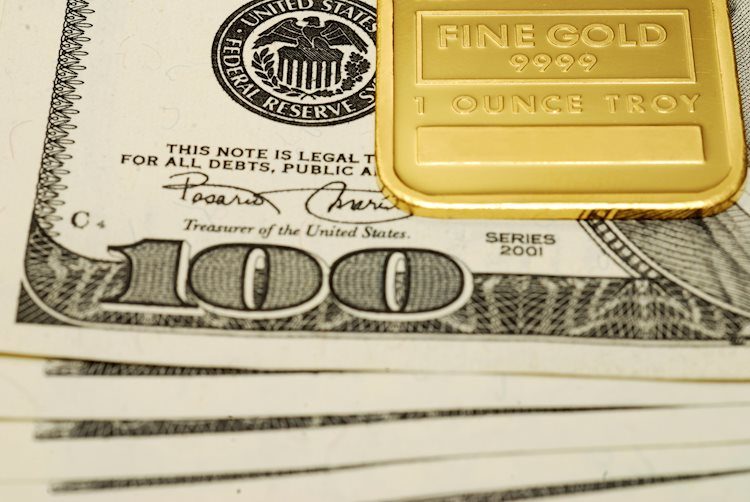Gold prices fell by 0.59% due to a recovering US Dollar and rising Treasury yields, with XAU/USD trading at $2,319. This decline was influenced by Federal Reserve Governor Michelle Bowman’s hawkish remarks emphasizing steady monetary policy and potential rate hikes. Meanwhile, her colleague Lisa Cook took a more neutral stance, forecasting a sharp inflation decline next year and the need for balanced policy adjustments.
Consumer optimism declined as indicated by the US Conference Board survey revealing weakened expectations for future income and business conditions. Traders are waiting for the release of the Fed’s preferred inflation gauge, the Personal Consumption Expenditures (PCE) Price Index, to see if it will impact rate cut hopes for the coming year.
The US Dollar Index (DXY) gained 0.13% to 105.61, and the US 10-year Treasury note yield remained flat at 4.242%. San Francisco Fed President Mary Daly expressed concerns about the labor market, while the Consumer Confidence index exceeded expectations at 100.4 in June. The odds of a Fed rate cut decreased slightly to 59.5% according to the CME FedWatch Tool.
In terms of technical analysis, the Gold price formation of a ‘bearish-engulfing’ chart pattern suggests a downside bias. Support levels include $2,300, $2,277, and $2,222, with further downside targets towards the Head-and-Shoulders chart pattern objective. On the upside, a breakout above $2,350 could lead to further resistance levels at $2,387 and $2,400.
Gold has a significant historical role as a store of value, medium of exchange, and safe-haven asset. Central banks are major Gold holders, using the metal to diversify their reserves and strengthen confidence in their currency. Gold has an inverse correlation with the US Dollar and risk assets, making it a popular choice for investors during turbulent times. Geopolitical instability, interest rates, and the strength of the US Dollar can influence Gold prices.
In conclusion, Gold prices are influenced by a variety of factors such as economic data, central bank policies, and market sentiment. Despite short-term fluctuations, Gold remains a valuable asset for investors seeking stability and protection against inflation and currency depreciation. Traders will continue to monitor key indicators such as the PCE Price Index and Fed rate decisions to gauge the direction of Gold prices in the future.































